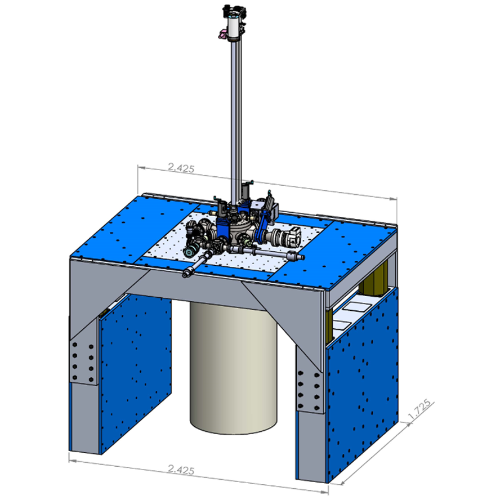Recent PapersPair Wavefunction Symmetry in UTe2 from Zero-Energy Surface State VisualizationPublished Article: Science 388,938-944 (2025)Topological superconductivity is defined by the momentum-space (k-space) topology of the superconductor's electron-pairing potential and is of profound fundamental significance. Although sought since the 1960's, 3D materials that are intrinsic topological superconductors (ITS) remain highly elusive. Nodal spin-triplet topological superconductivity appears probable in the newly discovered superconductor UTe2, yet its superconductive electron-pairing potential has not yet been established. If spin-triplet, it should have odd parity and, in addition, might break time-reversal symmetry. A distinctive identifier of such 3D spin-triplet topological superconductors is the appearance of an Andreev bound state on the crystal surface, in the form of a topological surface band (TSB). Moreover, theory shows that specific TSB characteristics observable in tunneling to a conventional s-wave superconductor distinguish between chiral and non-chiral pair-potential. To search for such phenomena in UTe2, we employed s-wave superconductive scan-tip imaging and discovered a distinct TSB signature, an intense zero-energy Andreev conductance maximum at the (0-11) crystal termination. Its imaging yields quasiparticle scattering interference evidence for two nodes aligned with the crystal a-axis. Most critically, development of the zero-energy Andreev conductance peak into two finite-energy particle-hole symmetric conductance maxima as the tunnel barrier is reduced, signifies that UTe2 superconductivity is non-chiral. Overall, this combination of a zero-energy Andreev conductance maximum at the UTe2 (0-11) surface, internodal scattering along the a-axis, and splitting of Andreev conductance maximum due to s-wave proximity, categorizes UTe2 as the odd-parity non-chiral B3u intrinsic topological superconductor. |
Recent Press Coverage
|

